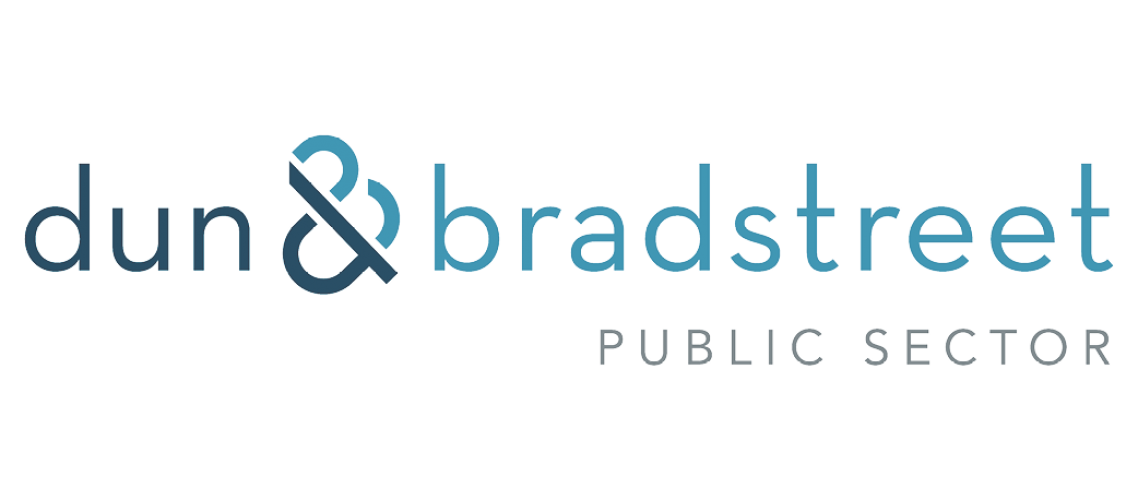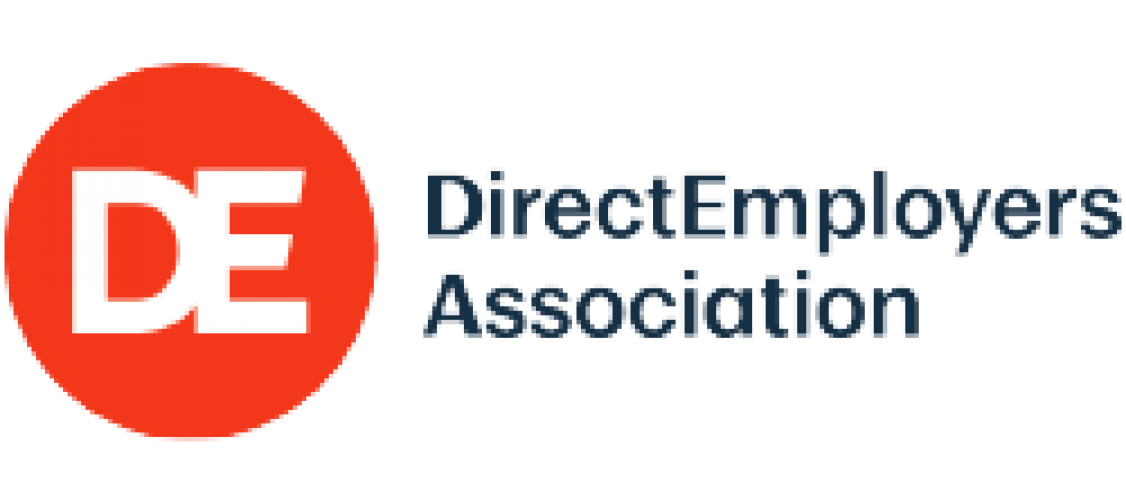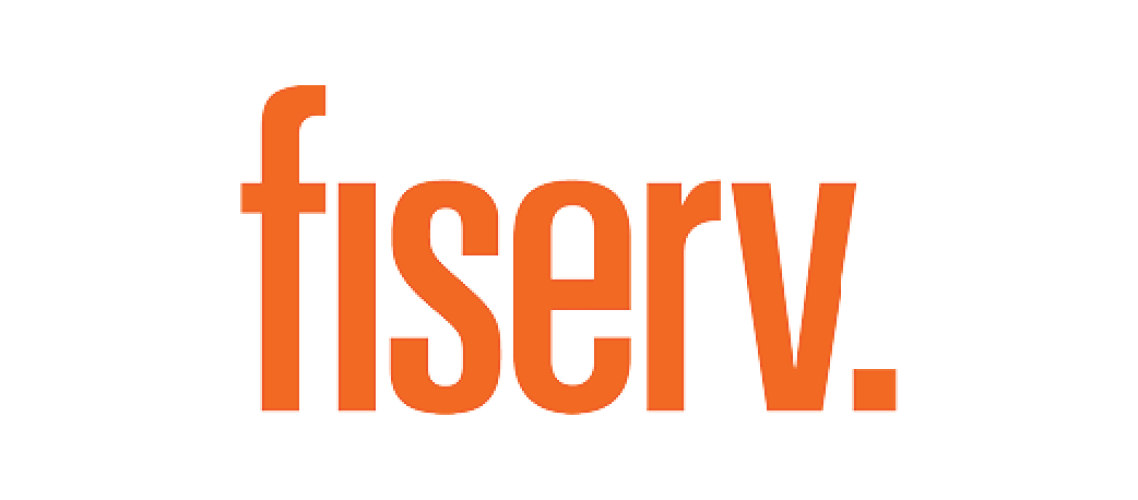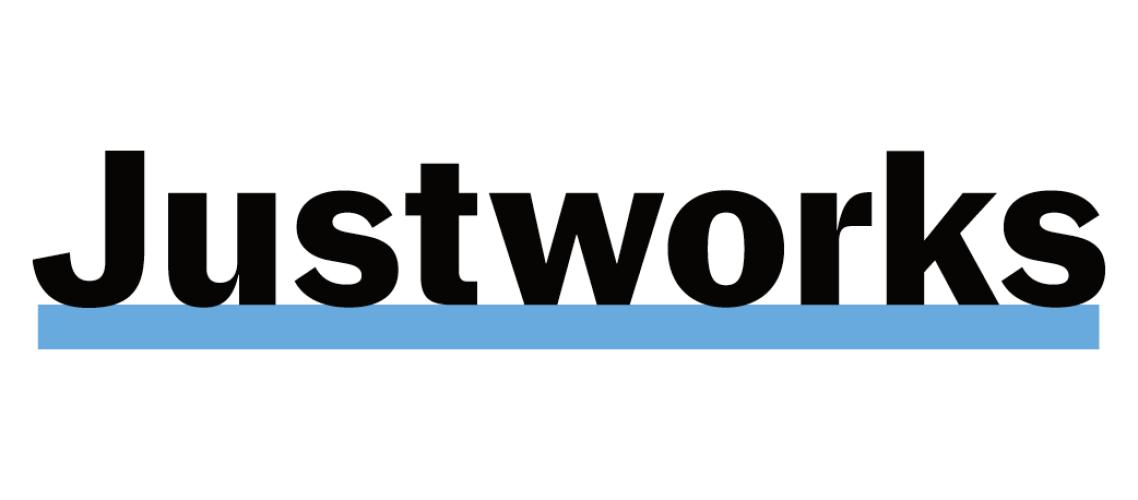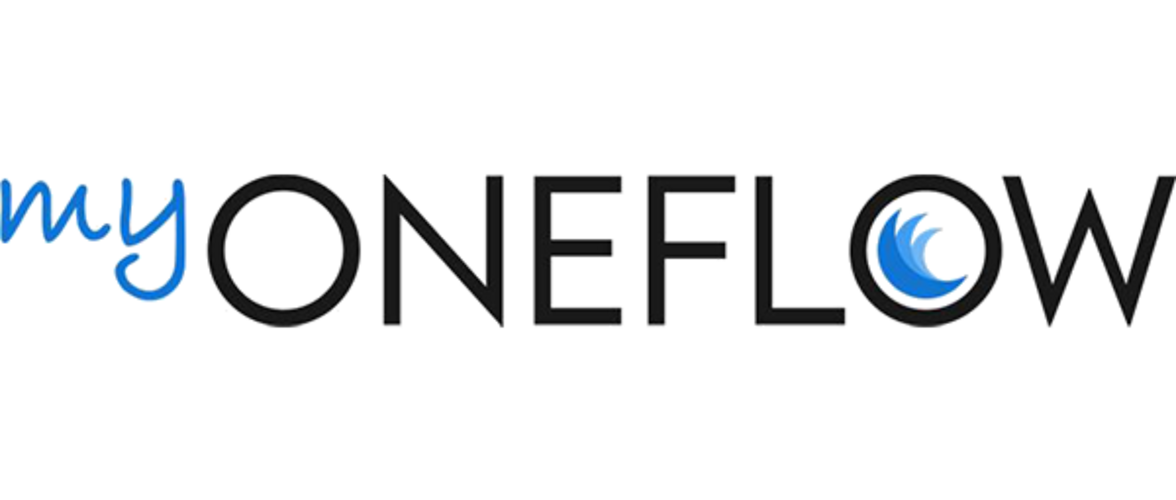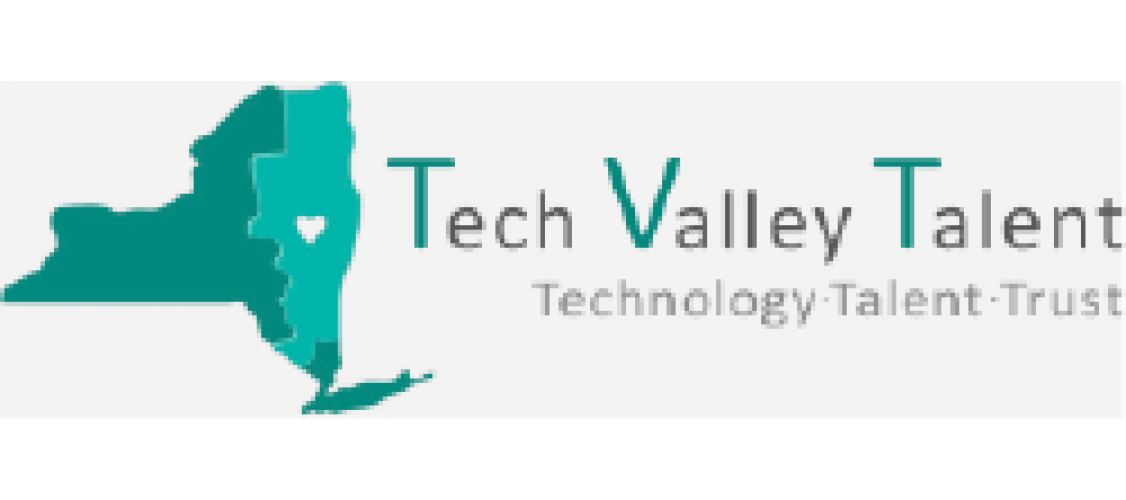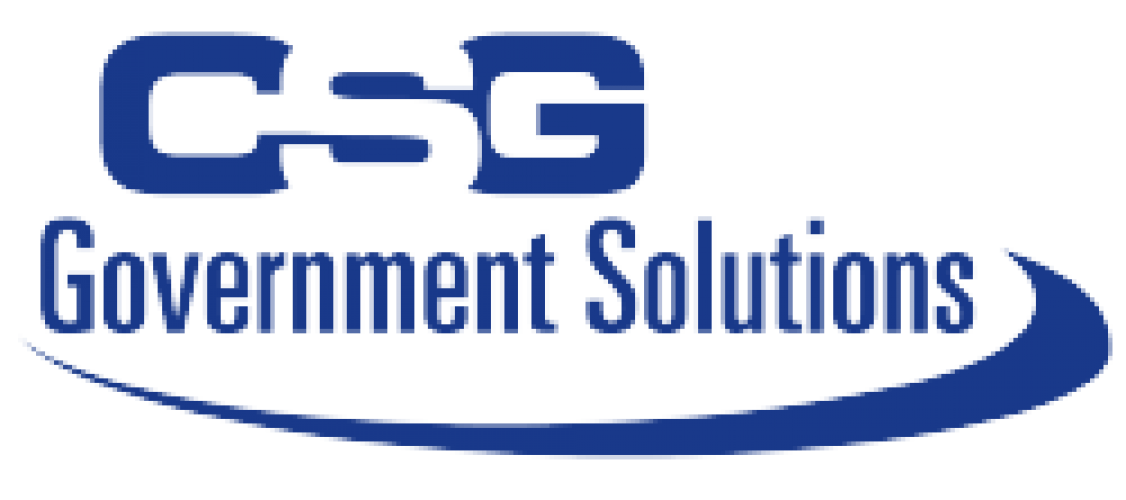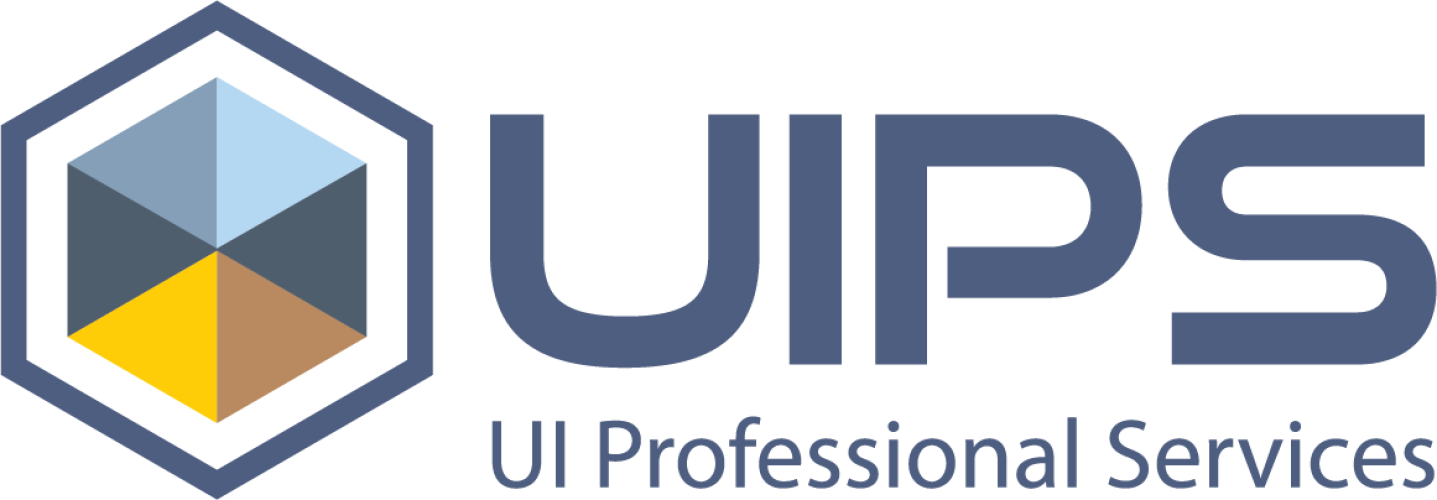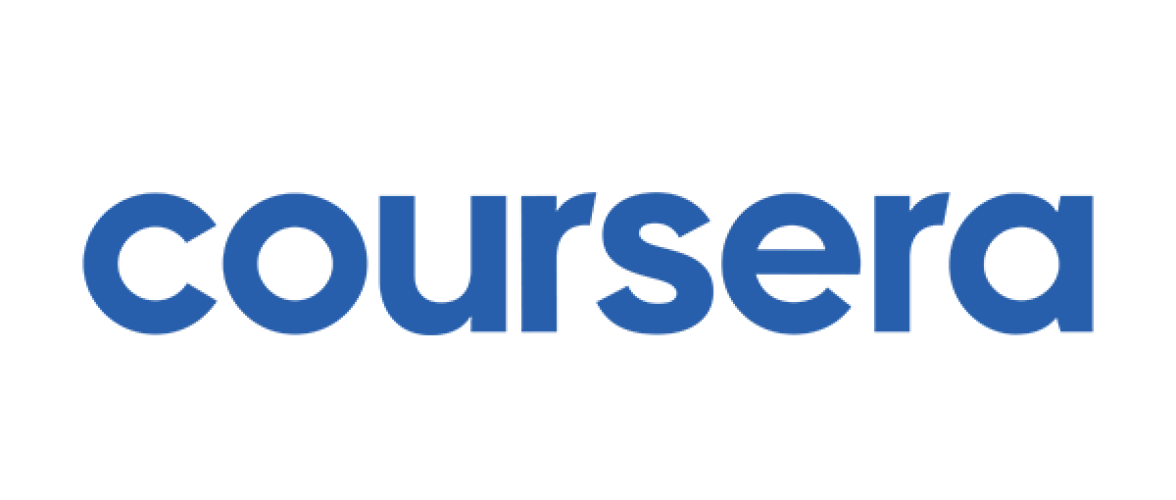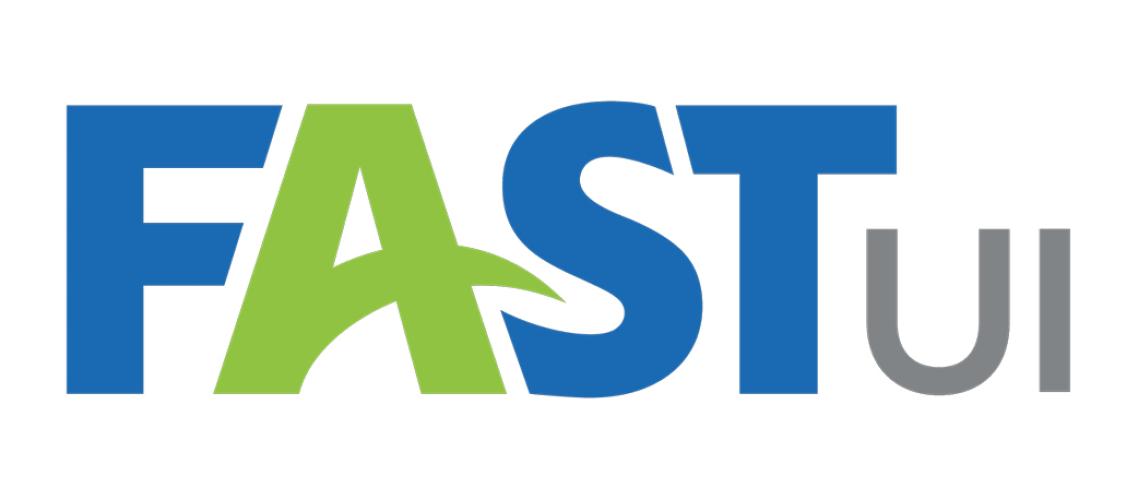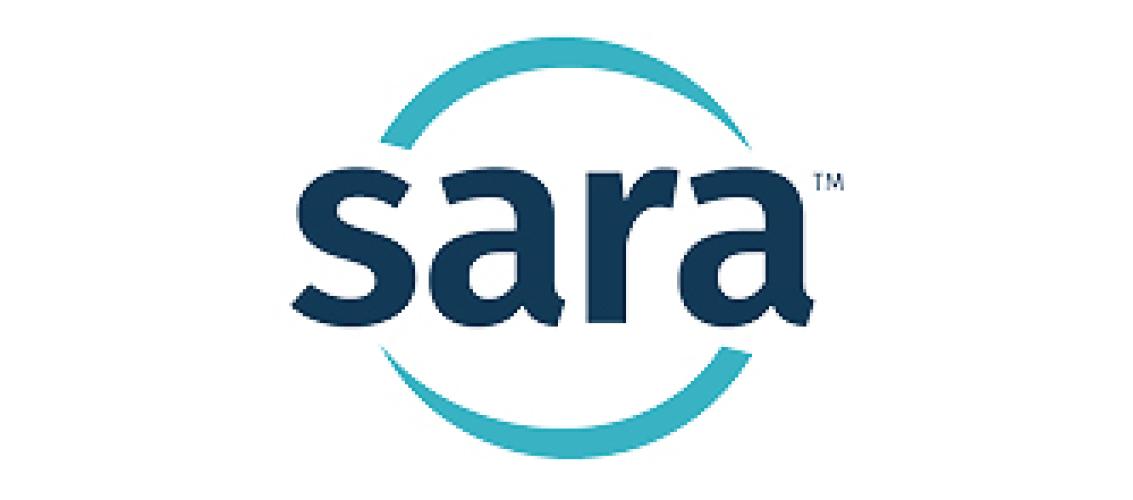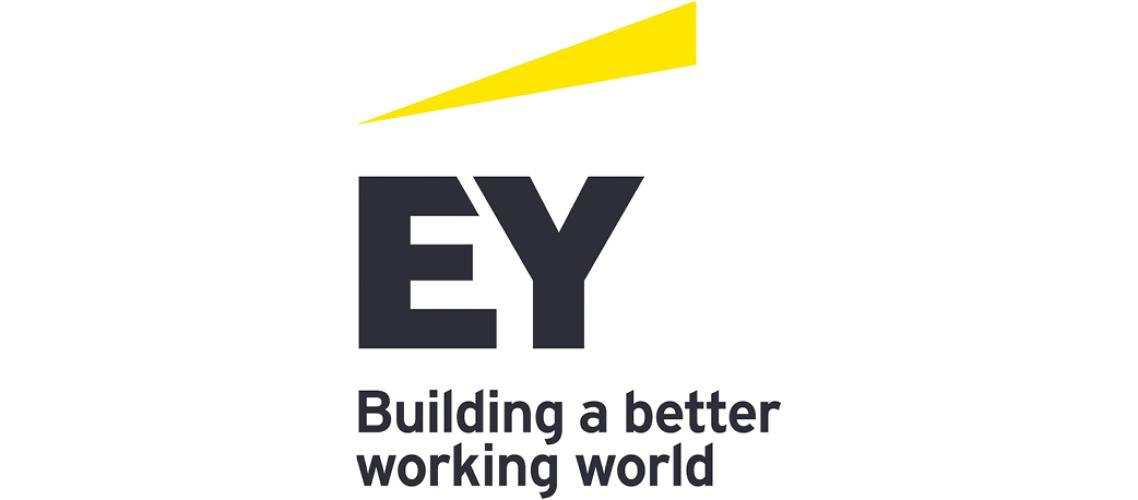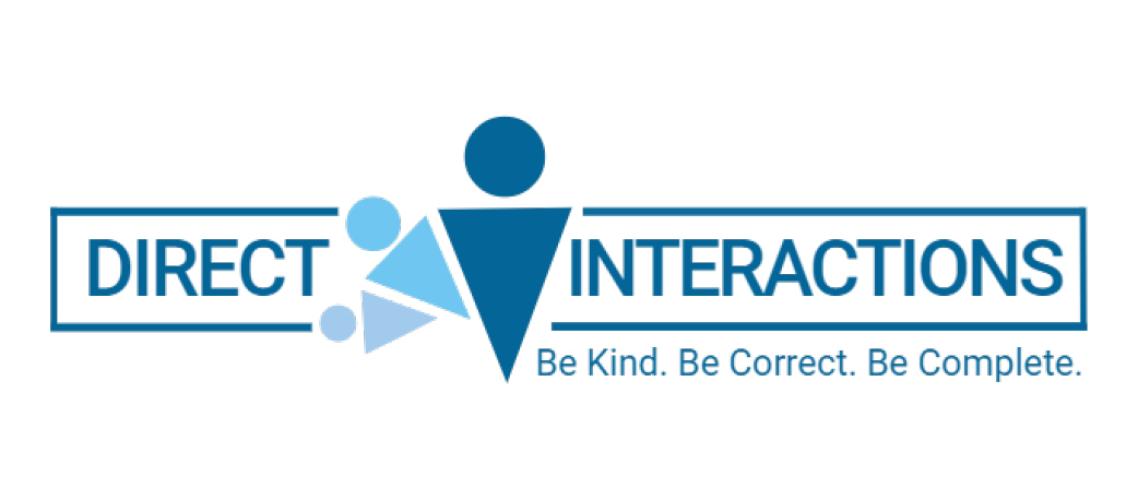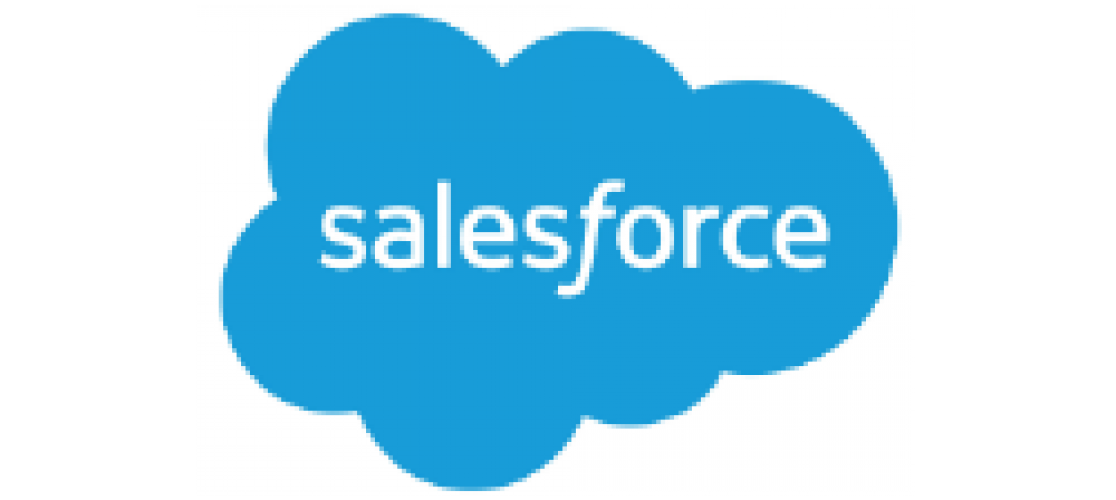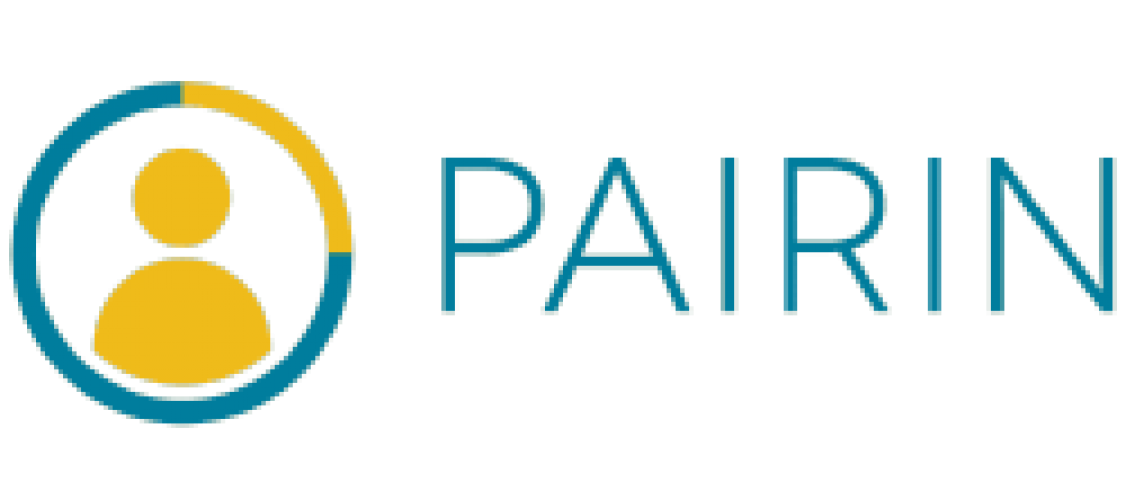State Workforce Agencies Could Enhance Performance and Evaluation Activities with Access to National Directory of New Hires (NDNH)
On May 16, NASWA transmitted a letter to House and Senate committee leaders regarding a provision in the Workforce Innovation and Opportunity Act (WIOA) reauthorization bill passed by the House of Representatives, H.R. 6655, A Stronger Workforce for America Act.
The NASWA letter recommends that committees of jurisdiction support section 303 of H.R. 6655, which would amend the Social Security Act to expand state workforce agency access to and use of the National Directory of New Hires (NDNH) data to include “for administering the performance accountability system required under section 116 of the Workforce Innovation and Opportunity Act.” Currently, state agencies can access the NDNH for administering an unemployment compensation program.
The performance accountability system under section 116 requires states to develop and report on state and local performance measures under a federal framework. It also requires states to evaluate state programs.
NASWA has long supported granting state workforce agencies access to and use of NDNH data for performance, research and evaluation activities related to WIOA and partner programs. There is substantial overlap between the populations served by these programs and those for whom the NDNH serves direct purposes (child support enforcement and unemployment insurance administration).
The following are examples of how state workforce agencies would like to leverage the NDNH to enhance state monitoring and evaluation activities:
- Access to NDNH would reduce the cost of developing program evidence that relies on data from multiple states. Multi-state data is necessary for gaining insights into the employment and education outcomes of workers and learners who cross state boundaries and to understand labor market outcomes in regions that cross state lines.
- Some states are interested in using the NDNH “date of new hire” information to develop evidence to inform retention-in-employment strategies for populations with barriers to employment.
- Some states are interested in using the NDNH “date of new hire” information to measure and develop evidence to improve timely employment connections by measuring the period between beginning employment connection services (either when starting services or when completing training) and the date a person starts a new job.
- Having “date of new hire” information would yield better first-quarter earnings estimates for those employed at or soon after program exit.
- The “date of new hire” information the NDNH contains would support more efficient and effective implementation of WIOA performance accountability requirements. For example, if state WIOA administrators were to have access to the NDNH, they could identify customers listed in the NDNH as starting employment at or near their time of exit and know that wage information is likely to follow that will support reporting on employment outcomes. This would allow states to avoid manual follow-up with many customers near the time of exit and concentrate more resources on service delivery and improving outcomes. (Many individuals do not work for an employer that reports wage records. There is currently an incentive to spend resources trying to gather employment and outcomes data manually at the time of exit just in case the person doesn’t show up in wage records.)
- The NDNH data also can provide program leaders with timelier data insights that would support process or program improvements while waiting on lagging performance data. NDNH data could be used to create a ‘suggestive’ leading indicator roughly 45-60 days after a cohort concludes services. An early indicator would flag potential issues and enable states to respond more quickly.


